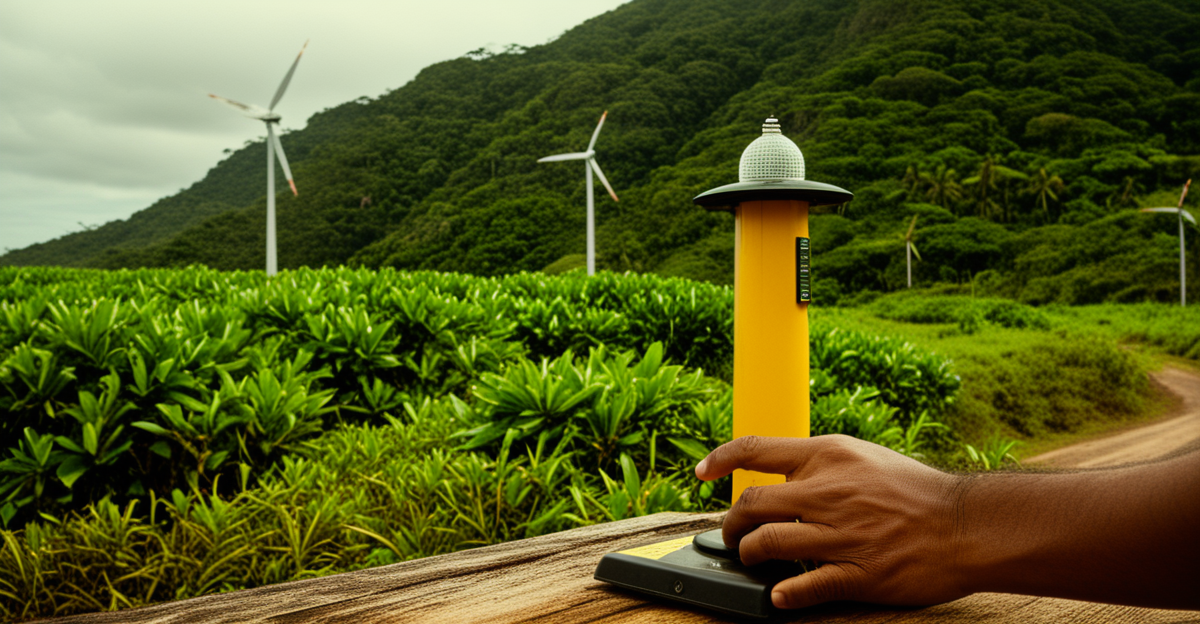Fixed beaconing services in Brazil play a vital role in enhancing safety across various sectors, including maritime and aviation. With advanced technologies like Emergency Position-Indicating Radiobeacons (EPIRBs) and Personal Locator Beacons (PLBs), these systems not only provide precise location tracking but also expedite rescue operations. Understanding the regulations and practical applications of fixed beaconing can significantly improve safety measures and efficiency in emergency responses throughout the country.
Ensuring Safe Navigation through Fixed Beaconing in Brazil
Fixed beaconing in Brazil is a critical component of maritime navigation, providing reliable and constant markers for sailors navigating coastal and inland waters. These permanent structures, crucially situated, play a vital role in ensuring maritime safety and regulatory compliance. This page detailed: https://mobilis-sa.com/en/our-prestations/fixed-beaconing-brazil/ explores the services offered by MOBILIS, a premier provider of maritime signaling in Brazil, highlighting their contributions to the field.
Also to see : What are the top trends in UK business innovation?
Navigational aids like fixed beacons are indispensable for maritime operations, primarily because they help vessels safely navigate challenging areas with strong currents and tides. Recent developments in fixed beaconing technology have bolstered maritime safety by improving beacon visibility and accuracy. Moreover, these advancements have been pivotal in enhancing compliance with global maritime regulations.
Fixed beacons are not merely a static solution; they represent the intersection of tradition and modern technology. As MOBILIS continues to innovate within this sector, maintaining these structures through regular checks and updates ensures their continued effectiveness and reliability, ultimately safeguarding both local maritime industries and the broader ecosystem.
Additional reading : How are UK businesses incorporating sustainability into their models?
Fixed Beacons in Brazilian Waters
Characteristics and Functions of Fixed Beacons
Fixed beacons in Brazilian waters serve as critical navigational aids by marking underwater hazards, ensuring smooth maritime journeys. Their design, usually elongated, allows for easy spotting, distinguishing them from floating buoys. Unlike floating options, fixed beacons are more stable, effectively enduring the dynamic coastal conditions. Their predictable locations provide reliable reference points for mariners.
Installation and Anchoring Methods
The installation process of fixed beacons in Brazil involves precise methods, primarily using either anchors or ballast systems to secure these structures firmly to the seafloor. This ensures durability, even in harsh weather or strong currents. Such anchoring is vital in Brazilian coastal and inland waters, where environmental conditions can be intense.
Effectiveness and Impact on Maritime Safety
The effectiveness of fixed beacons in Brazil is evident in their substantial contribution to maritime safety. By reducing the risk of accidents and facilitating safe passage through complex channels, these beacons help protect both vessels and the marine environment. Adoption of this technology underscores Brazil’s commitment to maintaining high navigational standards and minimizing maritime accidents.
Challenges and Future of Fixed Beaconing in Brazil
Maintenance Protocols and Best Practices for Fixed Beacons
The maintenance of navigational beacons in Brazil is crucial for maritime safety. Routine inspections are vital to assess the structural integrity and functionality of fixed beacons. Maintenance protocols typically involve cleaning, checking lights, and verifying the anchoring systems. These steps ensure that beacons withstand harsh weather and remain reliable markers. Best practices include deploying modern materials for durability and integrating technology for real-time monitoring.
Navigational Challenges Due to Environmental Factors and Regulations
Navigational challenges in Brazil often arise from environmental factors like strong currents and tides, which impact the effectiveness of fixed beacons in Brazilian waters. Regulations set by local authorities help mitigate these challenges by ensuring standardized placement and maintenance procedures. Navigational aids must adapt to the dynamic coastal geography and climatic variations to aid ships in safely navigating Brazilian waters.
Innovations and Future Prospects for Beacon Technology and Services in Brazil
The future of beacon technology in Brazil looks promising, with innovations aimed at enhancing maritime navigation aids. Upgrades include integrating GPS for precise positioning and adopting wireless communication for easier data relay. Fixed beacons are poised to evolve with new technologies, ensuring their continued role in safe and efficient maritime navigation. These advancements underline the importance of navigational aids in Brazil, fostering safer shipping routes and improved overall maritime safety.




